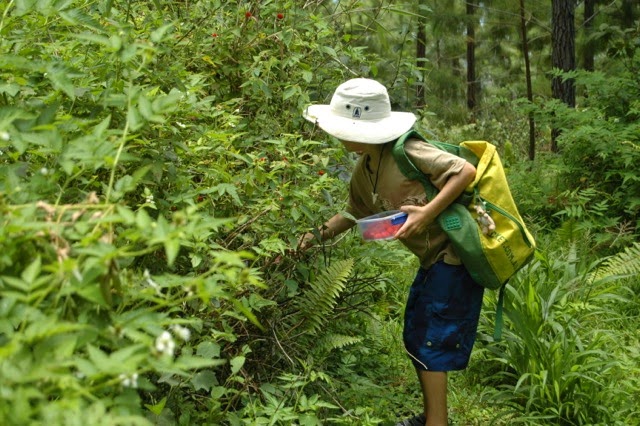
We came to the Gambier expecting nothing transcendent. For months we had been hearing the same thing from people in the position to know – most notably a couple of public health nurses who work all over French Polynesia – that the people of Mangareva, the main island in the Gambier, are “special”.
“Special” sounded pretty good. Until out informants told us that they meant “special” as in especially difficult.
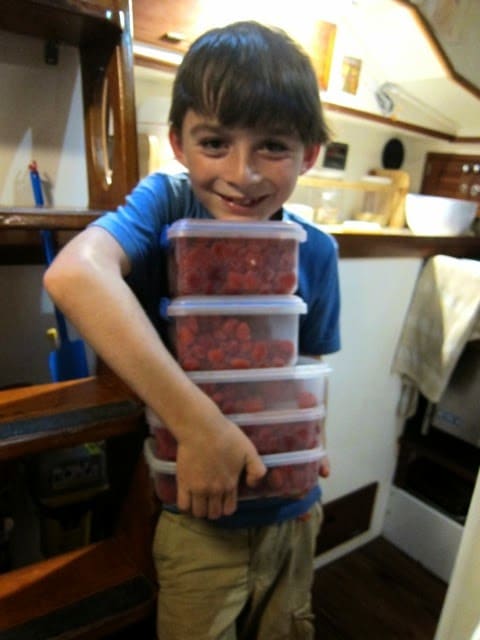
Travel, to us, means getting down with the local people to whatever extent our language skills and stamina might allow. So a place like the Gambier (that’s GAM-bee-EHH, all you American and Australian mononglot apes) where the Polynesian magic is supposed to be long since erased – by tourism, by the once-booming culture of black pearls, by too many yachts, by whatever – we naturally look on a place like that as a stepping stone to somewhere else.
But, it always works out this way. If we come somewhere expecting little, we find a lot to like.
I want to reach to the hackneyed language that sports enthusiasts use to describe the latest 17-yr old phenom – the Gambier is a incredible physical specimen. It is a wonderful example of the remote tropical island – a high volcanic island well on its way to becoming an atoll. High mountains scattered here and there and surrounded by a mostly-submerged reef.
There are heaps of anchorages to explore, which is a real change after being tied to the *quai *in Rapa. There are tracks up the hills. And the hills are just the right scale – steep and impressive-looking from the deck of your boat, but small enough for an eight-year-old to happily tramp to the top of.
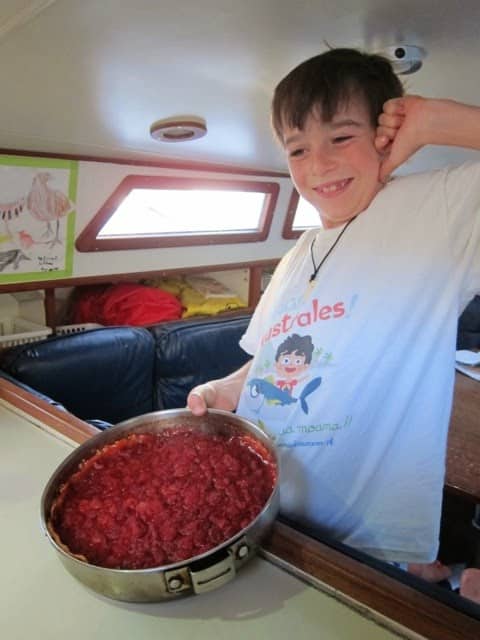
After all the social interaction in Ra’ivavae and Rapa we’re happy to tend our own garden for a bit, and we’ve made precious little attempt to get down with the locals. But there is a nice company of like-minded sailors here – our old friends on Hera, a delightful Kiwi couple who are also heading to Valdivia, and with whom we have a ton of friends in common, and a smattering of French boats that are mostly taking a break – for months or for years – from the peripatetic life.
It’ll do for us.
And, meanwhile, having another Chile-bound boat for company has brought our excitement at this next grand chapter to a boil.
The weather is looking great for the passage. The southeast Pacific high looks to be very well set up, which has established a huge area of counter-clockwise winds over this part of the world. All we have to do is to get a thousand nautical miles – in round numbers – south of here, and then we should have beautiful westerlies to carry us on our way.
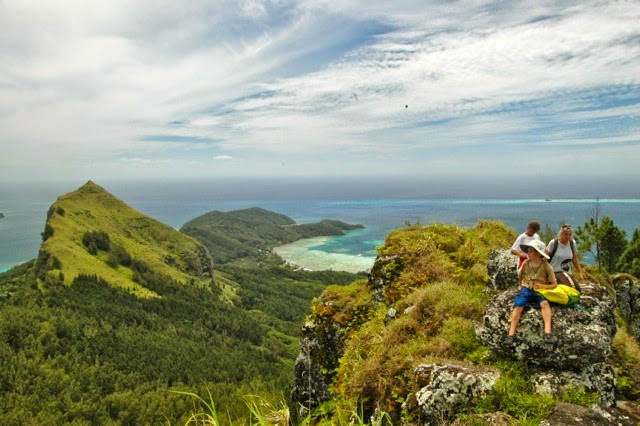
The trick, of course, is getting across those thousand miles, many of them with no wind at all…
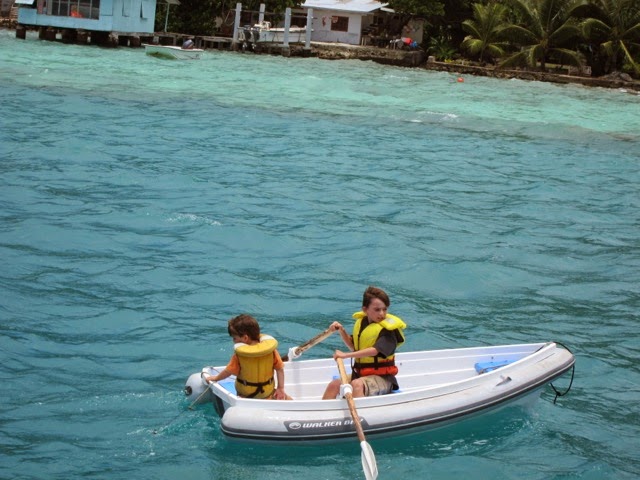
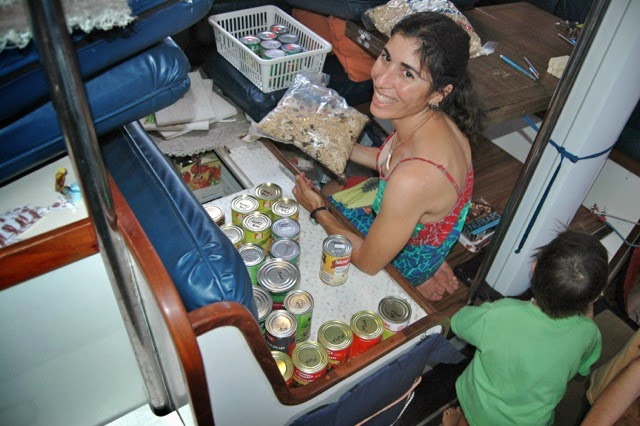
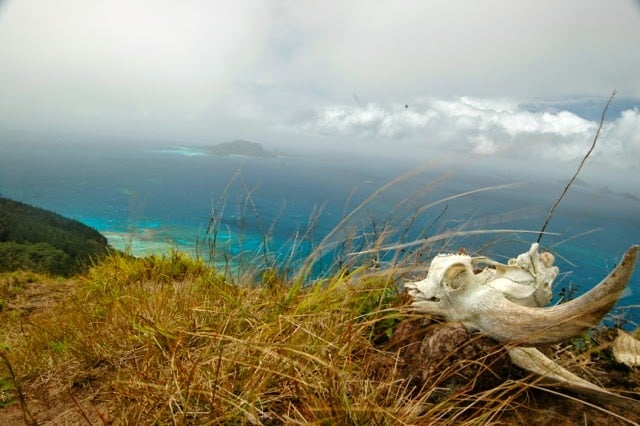
Meet the crew of Galactic: Mike and Alisa Litzow and their sons Elias and Eric. “When we left Alaska to sail to Australia with our toddler for crew, we thought it was a once-in-a-lifetime thing. But then we had our second child, and bought our second boat, and sailed across the Pacific a second time. We’ve been living aboard for seven years now. Sometimes we wonder how long we’ll keep at it, but all we know for sure is that the end doesn’t seem to be in sight just yet.” Follow their story at http://thelifegalactic.blogspot.com.








